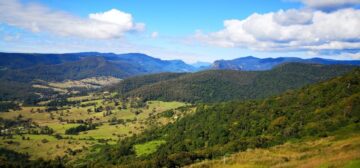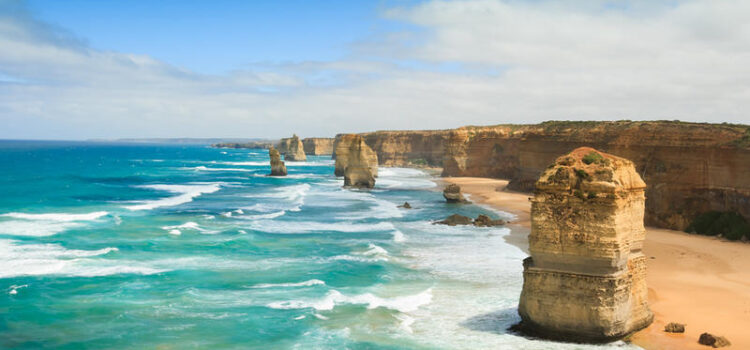Standards of hygiene in food preparation are very high. Milk is pasteurised and meat and vegetables are considered safe to eat. Care should be taken, however, if preparing ‘bush tucker’ in outback areas as some insects and fauna are highly poisonous unless properly cooked. ‘Bush tucker’ is food from Australia’s endemic flora and fauna and can be lean and quite delicious; kangaroo meat in particular is growing in popularity since being made legal to trade to eat only in the past two decades. For all the advent of fine dining and exotic menu items, however, the humble barbecue remains for many the quintessential Australian food experience. Various beaches and parks have barbecue stations that can be used by the public. Steak, prawns and beer tend to feature prominently.Seafood is an integral part of the cuisine scene in all its shelled and scaled forms. Production of organic foods is increasing to meet demand and is these days widely available in the cities and larger towns. There are fine dining restaurants throughout the larger cities, particularly in Melbourne and Sydney, where big-name chefs have helped to give Australian cuisine an international reputation for bright, creative gastronomy. Regional food markets and increasing numbers of food festivals across the states are a great way to sample fresh produce. Look out for things like farmhouse cheese, speciality sausages and local fruits. The major vineyards (wineries) are outside Perth, Sydney, Melbourne, Hobart and Adelaide. The largest single wine-growing region is in the Barossa Valley, South Australia, two hours’ drive from Adelaide, where high-quality red and white wines are produced. Various wineries, breweries and distilleries are open for public visits.








